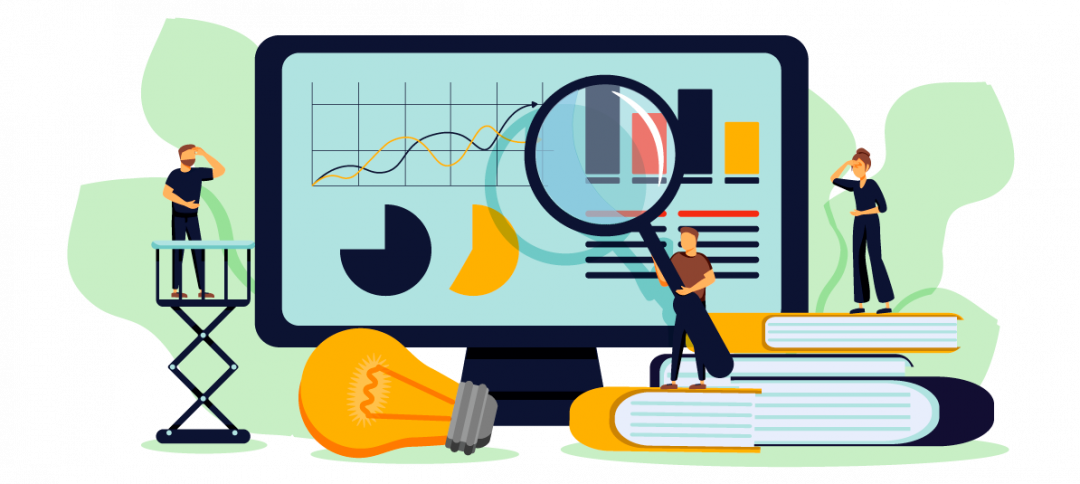And what if that were not the only way to invest? Within the different strategies there are two basic options: active investing and passive investing.
You are most likely to be familiar with the former and less familiar with the latter. Passive investing allows you to put your money to work without having to spend more than an hour a month on it, or be a financial expert.
What is active investment?
Active investment or active management is the traditional investment formula we are all familiar with. Developing active strategies to find the best stocks and choosing the optimal time to buy and sell in order to outperform the market.
To understand it better, think of an investment fund that has a team of analysts and managers who study the market, research companies, examine the different sectors and take into account economic cycles so that they can achieve an adequate return for your money.
This is what active investment is all about: analyzing, studying and deciding what to buy and when to buy it so as to beat the market or the index that the fund has set as a benchmark.
What is passive investment?
The alternative to active investment is passive management. What exactly does this investment model consist of? Instead of trying to outperform the market, the objective of passive investment is to replicate it. In other words, it copies the performance of a specific index or a specific sector.
By way of example, instead of selecting the best-performing Spanish companies, a passively managed fund will replicate the Ibex 35 index, which brings together the 35 largest listed companies. No more no less. It will be indexed to the stock market and will generate the same results as the market as a whole.
That is why passive investment is also known as indexed investing.
Differences between active and passive management: advantages and disadvantages
What differentiates active and passive investing is the approach and the goal. An active manager understands that the market generates inefficiencies and opportunities that a good investor will be able to take advantage of. In other words, it is possible to beat the average market return.
The passive investment philosophy is based on a different premise: over the long term very few investors are able to consistently outperform the market. There will be managers, funds and individual investors who will achieve this for some time, but few will do so over a period of more than 10 years.
This is attested to by the SPIVA report, according to which only 10% of mutual funds active in US equities manage to outperform their benchmark index, the S&P 500, over 15-year periods.
| Percentage of funds failing to outperform their benchmark index | |||
| 1 year | 5 years | 15 years | |
| Europe | 88.84% | 87.77% | 87.81% |
| United States | 55.43% | 84.47% | 90.03% |
But keep in mind, this does not mean that passive investment is always more profitable. It is just that most actively managed funds are not able to do this. Those that can, however, are able to outperform the average market return by a factor of four or five.
By way of example, the historical return of the S&P 500 is around 8.2%, but there are funds that invest in US stocks that achieve annualized returns of close to 15% over three-year periods, for example.
This return is one of the big differences between the two management models. With passive investment, the performance is limited to that of the market, whereas with active investment there are no limits.
Commissions: a bigger team, more commissions
Commissions are another differentiating point. An actively managed fund needs a team of professionals to analyze the market, an index fund does not. This translates into lower commissions for passively managed funds, which reduces the overall investment costs and helps to achieve better long-term results.
Diversification
Both active and passive investment funds can be highly diversified. However, it is more affordable to achieve greater diversification with an indexed fund.
The reason is that some indexes, such as the MSCI World ACWI, directly replicate the world economy with almost 3,000 companies from 23 developed and 27 emerging countries. No global active mutual fund is able to offer that degree of diversification.
Simplicity
Active and index mutual funds are among the easiest ways to invest in the stock market without buying shares.
However, creating your own index fund portfolio is somewhat simpler than with active mutual funds in terms of choosing which products to invest in, as well as the asset allocation.
This asset allocation is what determines the risk you take when investing, and it is something that evolves with age. Index funds allow a simpler allocation of these assets according to region and sector.
Time horizon
Passive investment has a clear long-term vocation. In fact, where it really works is with an investment horizon of more than 10 years.
Meanwhile, for active funds it may be recommended to hold the investment for 5 years depending on your investment style, but when it comes down to it, the term is not always that important in that case.
Active or passive management, which is better for you?
The answer to this question is not absolute and depends on both your circumstances and tastes. In the end, when it comes to investing, there is no right or wrong option, but rather one that suits your needs, priorities and financial stage.
In this sense, index funds are better suited for people who invest for the long term. If this is not your case, active funds may be a better solution. From this point, it is all a matter of which management style suits you best.
In any case, it does not have to be an exclusive choice. Passive and active investment are fully compatible. It is possible to invest in index funds but also have active funds in your portfolio from managers that you like, or for specific sectors; just as part of your portfolio could be in funds and part in stocks that you manage yourself.
In the end, investing is not a science and all styles can be combined.









